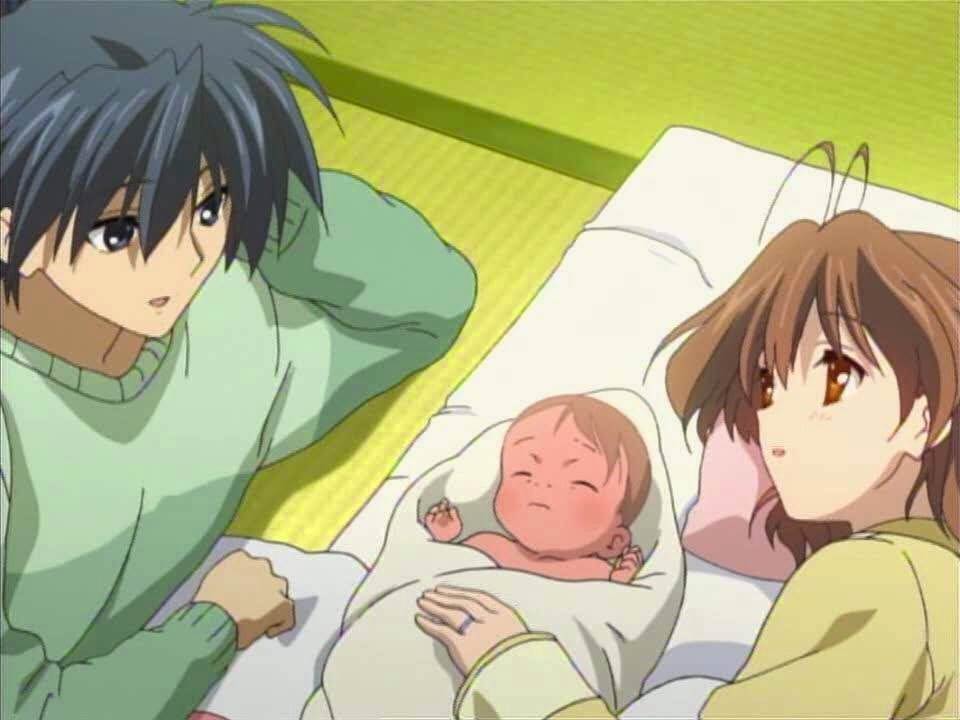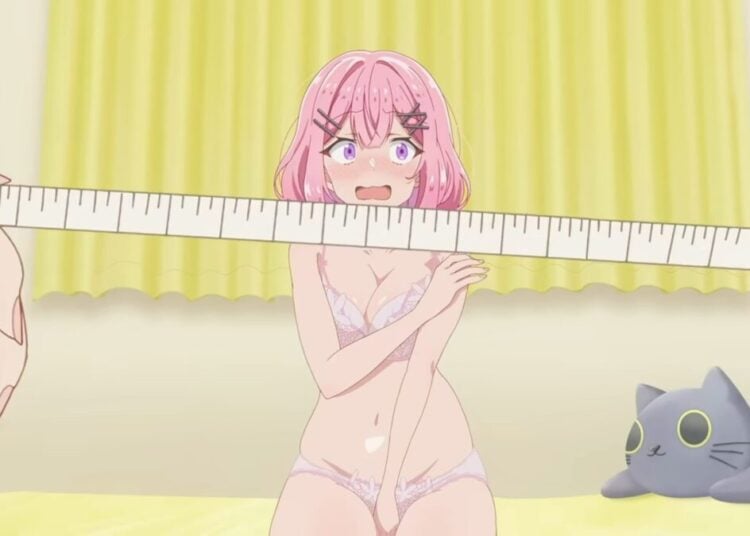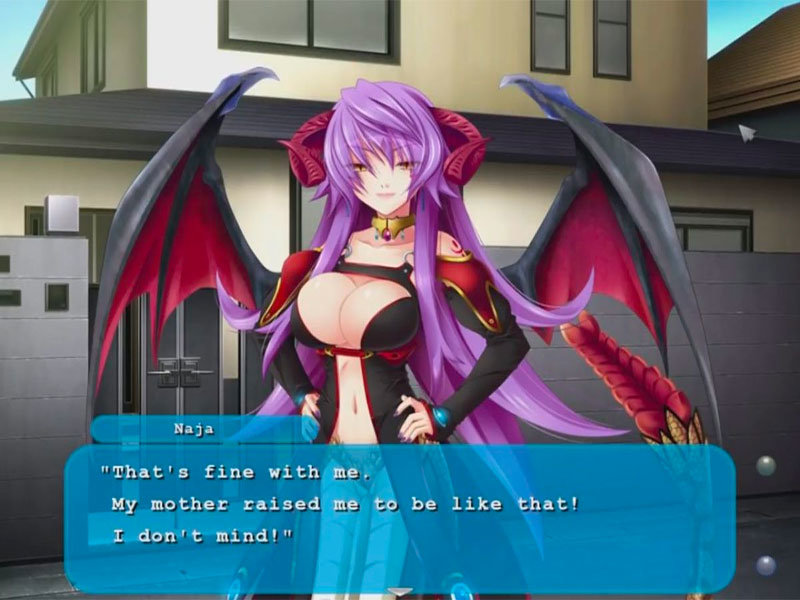Like every other country, parents in Japan labor (no pun intended) over what to name their baby months before it arrives, usually picking one boy and one girl name before the big date. This year’s list of top Japanese baby names has just been published by the Meiji Yasuda Insurance Company, so let’s take a look at the latest trends in Japanese baby names.
For boys, the trend of beautiful but difficult-to-read-for-foreigners names seems to be continuing. Here are the top 5 names:
- 連 Ren (or Len, if you’re a Vocaloid obsessive type)
- 湊 Minato
- 大翔 Hiroto
- 大和 Yamato
- 陽翔 Haruto
For girls, these are the top Japanese baby names:
- 結月 Yuzuki
- 優愛 Yua
- 結菜 Yuina
- 杏 An
- 凛 Rin
Kanji and Japanese Baby Names
As a foreigner, one of the challenges to learning Japanese is mastering kanji characters. Not only because there are a lot of them — you generally need 1000 characters to be considered basically literate, and 2130 to read a Japanese newspaper — but because you often have no idea how to read/pronounce kanji characters. No kanji are as potentially difficult to read as place names (from a corner of Japan you’re not personally familiar with) or personal names, as above.
Of course, when it comes to Japanese baby names, having a unique and difficult-to-read kanji for a name might be the point, for the same reason, there are many alternate spellings of Jayden/Jaden/Jaeden/Jaiden/Jaidyn exist in English.
How Kanji Works
Want to know some of the mechanics of kanji? I’ll tell you!
Kanji characters are pictographs from China that date back 3,600 years ago, making then potentially older than Cuneiform writing. Although they can seem like meaningless (though cool) scribbles, there’s a lot more going on when you look closely. Some kanji are based on a simplified picture, like 月 tsuki (moon), 女 onna (woman), or one of my favorite kanji, 峠 touge (mountain pass), comprised of a mountain plus “up” and “down.” Kanji are often grouped together by meaning and contain other kanji inside them. For example, the character for rain (雨) is embedded in characters for cloud, electricity and fog (雲、電、霧) since they’re related.
Although there are many exceptions, in general kanji will have two readings: the kun-yomi or Japanese reading, and the on-yomi or Chinese reading. In general, single kanji characters by themselves and words that have a basic or “earthier” meaning will use the Japanese reading, while the two-character kanji words expressing more advanced or scientific ideas will use the Chinese reading, just as Old English and French words function on different levels in English. Actually, there are three levels at work in English: Old English, French and Latin, which you can see in the words ask, question and interrogate, each expressing a more complex idea. In Japan, simpler Japanese words, more complex Chinese kanji-derived words and English can be thought of as bringing the system of levels of complexity to daily life.
Four basic Japanese-reading words are 水 mizu、空 sora、森 mori and 口 kuchi, which mean water, sky, forest and mouth. But if you want to make more complex or scientific words, you need to connect them with other kanji into compounds, which always take the Chinese reading. Like 水銀 suigin (water+ silver = mercury), 空圧 kuuatsu (air pressure), 森林業界 shinrin-gyoukai or the industry of forestry, and 口頭弁論 koutou-benron or oral proceedings in a court.
Oddly, it’s the Chinese reading words (i.e., kanji that form words in pairs) that are easier for foreigners to read, since there’s nearly always only one way to pronounce them. The poetic, flowery Japanese words, like 曙 akebono, an archaic way to refer to daybreak, are nearly always harder for gaijin because we encounter these words so rarely. (Fun fact: Chinese hate them even worse than Westerners do.) In the business of running J-List, I work with Japanese employment contracts a lot, and — although you won’t believe me — I love them because they’re written so clearly, with unambiguous kanji that’s super easy to read and understand.
Did you enjoy learning about Japanese baby names, and how kanji works? If you have any questions, ask me on Twitter!





![Sawaranaide Kotesashi Kun Episode 12 [END] Featured Image](https://blog.jlist.com/wp-content/uploads/2025/12/Sawaranaide-Kotesashi-kun-Episode-12-END-Featured-Image-120x86.jpg)










